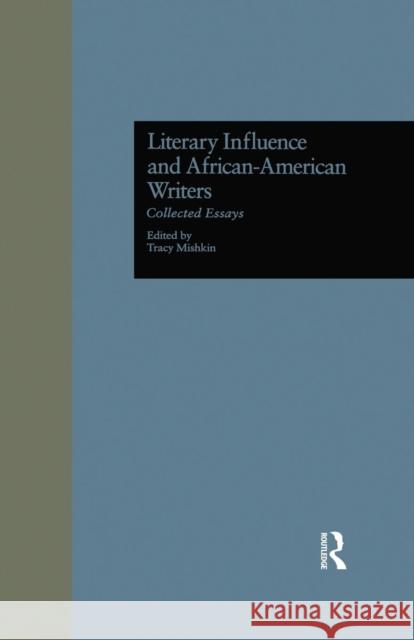Literary Influence and African-American Writers: Collected Essays » książka
topmenu
Literary Influence and African-American Writers: Collected Essays
ISBN-13: 9781138995475 / Angielski / Miękka / 2016 / 404 str.
Literary Influence and African-American Writers: Collected Essays
ISBN-13: 9781138995475 / Angielski / Miękka / 2016 / 404 str.
cena 242,34
(netto: 230,80 VAT: 5%)
Najniższa cena z 30 dni: 236,70
(netto: 230,80 VAT: 5%)
Najniższa cena z 30 dni: 236,70
Termin realizacji zamówienia:
ok. 22 dni roboczych
Dostawa w 2026 r.
ok. 22 dni roboczych
Dostawa w 2026 r.
Darmowa dostawa!
First published in 1996. Routledge is an imprint of Taylor & Francis, an informa company.











